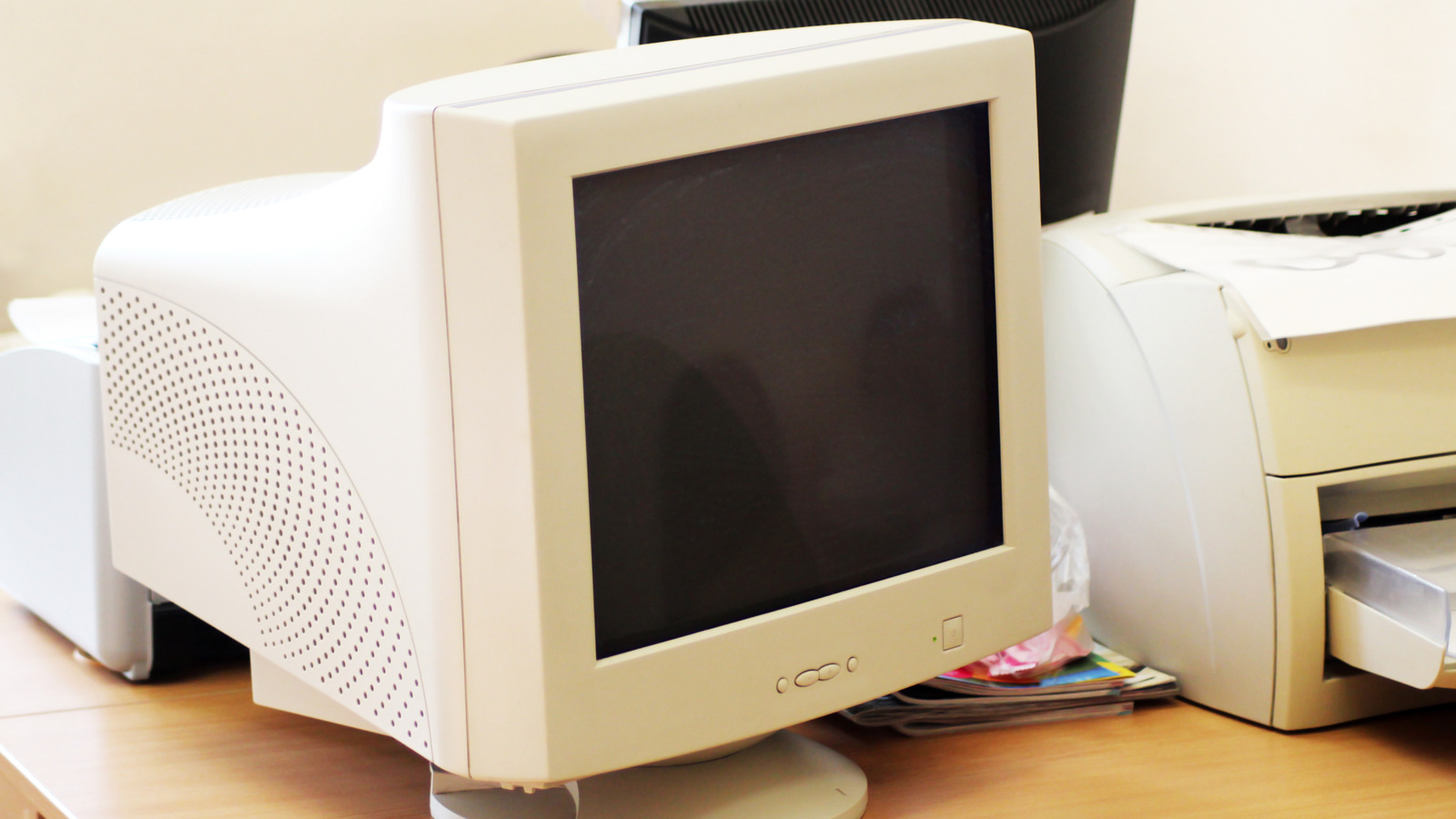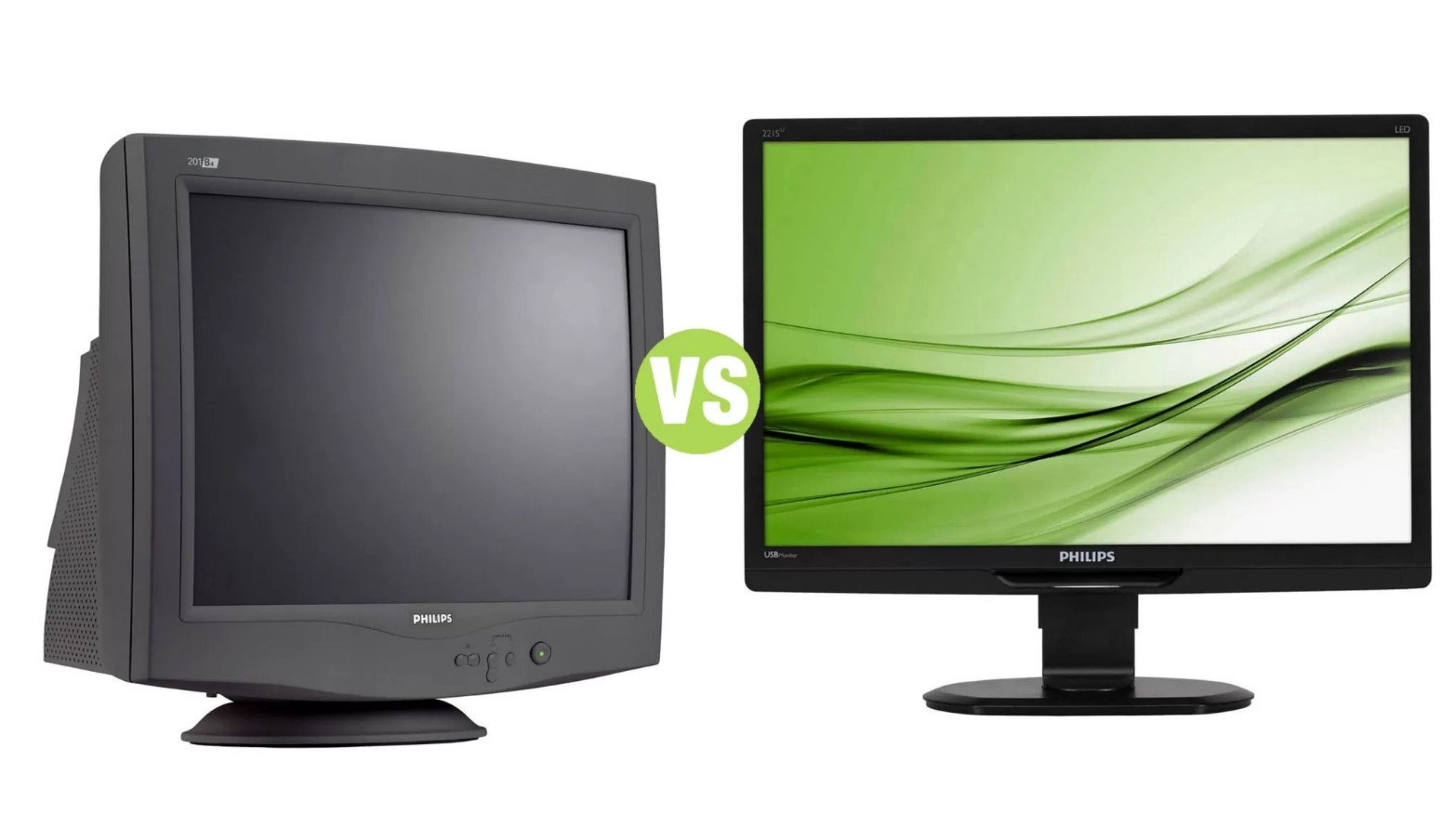In this era of sleek flat-screen displays and advanced LCD technology, it’s easy to overlook the humble CRT (cathode ray tube) monitor. Once the standard for computer displays, CRT monitors have largely been replaced by their more modern counterparts. However, despite their age and bulkiness, CRT monitors still possess unique qualities that make them relevant and usable in certain scenarios. In this article, we will explore the enduring appeal of CRT monitors and discuss why they can still be utilized today.
One of the main advantages of CRT monitors is their exceptional image quality, particularly when it comes to color accuracy and contrast. With their deep blacks and vibrant colors, CRT monitors offer a level of richness and detail that can be difficult to achieve with LCD or LED displays. This makes them an excellent choice for graphic designers, photographers, and anyone working with visual media that demands precise color representation.
For gaming enthusiasts and collectors, CRT monitors hold a special place in their hearts. Many classic video games were designed to be played on CRT displays, and utilizing these monitors can recreate the authentic gaming experience of the past. The CRT’s ability to display low-resolution graphics without blurring or ghosting adds a nostalgic charm to retro gaming sessions, making it a preferred choice for enthusiasts seeking an authentic throwback experience.

Despite being considered outdated technology, CRT monitors can still be found at incredibly affordable prices in the second-hand market. For budget-conscious individuals, this makes CRT monitors an attractive option for basic computing needs, such as web browsing, document editing, or watching videos. Additionally, CRT monitors are known for their durability and longevity, often outlasting their LCD counterparts, which can be prone to dead pixels and other issues over time.
One notable advantage of CRT monitors is their flicker-free display. Unlike some LCD screens that use PWM (Pulse Width Modulation) to control brightness, CRT monitors emit a constant stream of light, resulting in a more stable image. This stability can reduce eye strain, making CRT monitors a good choice for individuals who spend long hours in front of their screens, such as programmers or writers.
With the increasing concern for electronic waste, CRT monitors can still contribute to sustainable practices. Many recycling facilities accept CRT monitors and properly dispose of their components, preventing harmful chemicals from seeping into the environment. By using and recycling CRT monitors, you can contribute to reducing e-waste and promote a greener approach to technology consumption.
While CRT monitors may no longer be the default choice for everyday computer use, they still offer distinct advantages that make them relevant in certain scenarios. Whether it’s for professional graphic design work, retro gaming, or as an affordable option for basic computing needs, CRT monitors continue to find their place in today’s tech world. Their superior image quality, nostalgia-inducing charm, affordability, reduced eye strain, and environmental benefits make them a viable choice for those willing to embrace the unique qualities of this classic technology. So, before you dispose of that old CRT monitor, consider the possibilities it still holds in today’s ever-evolving digital landscape.





